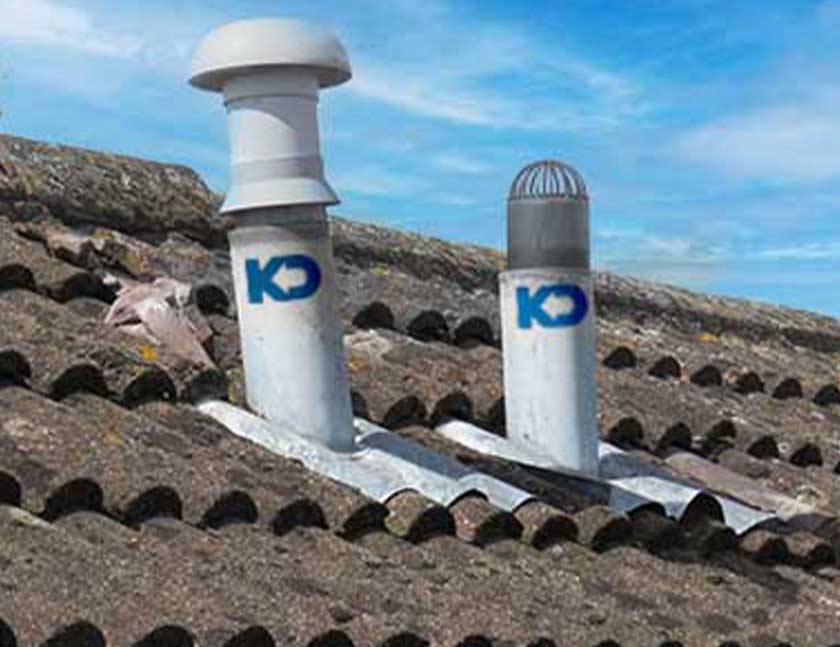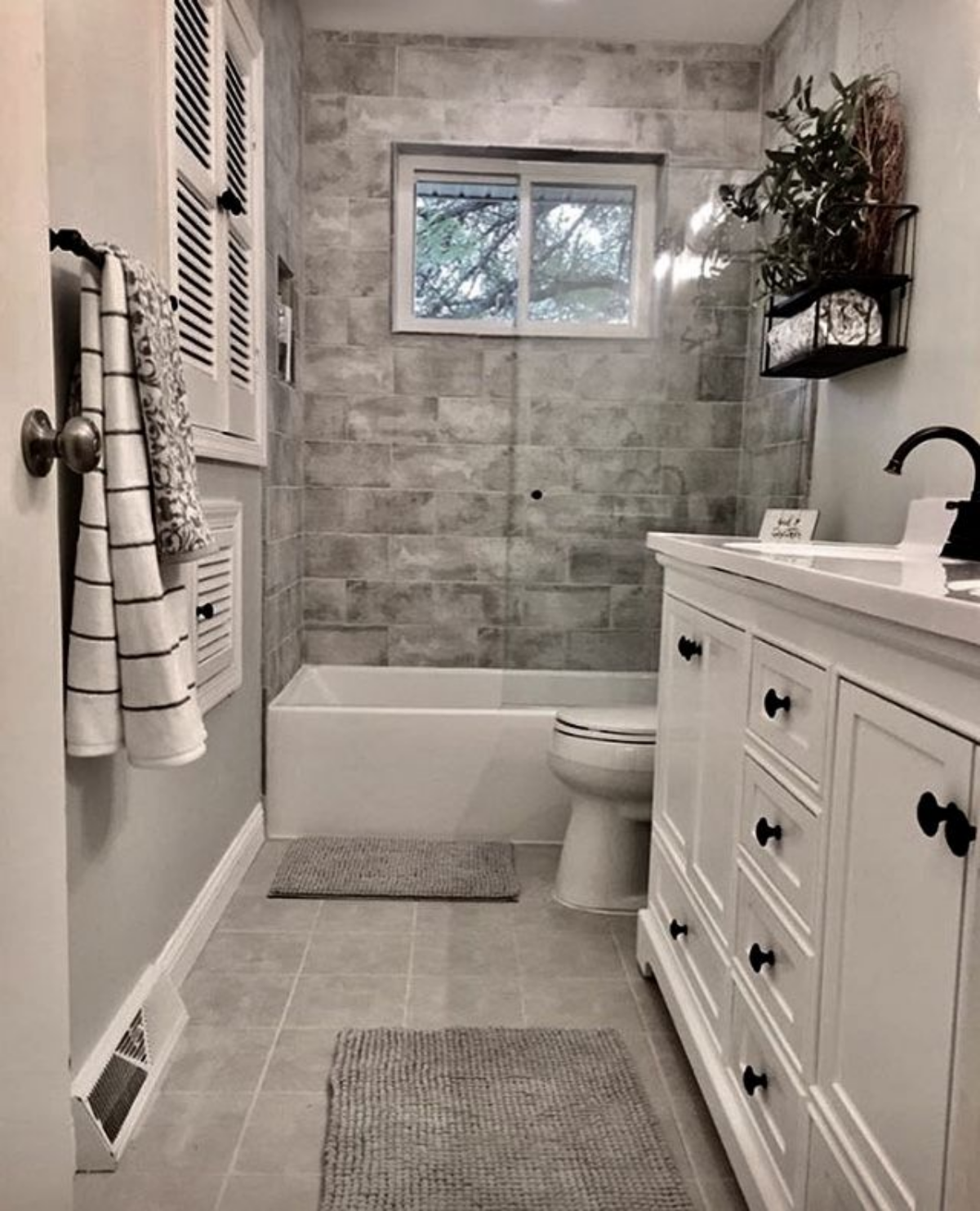The Reason Why Correct Ventilation is Crucial in Plumbing Systems
The Reason Why Correct Ventilation is Crucial in Plumbing Systems
Blog Article
What are your thoughts and feelings about What Is A Plumbing Vent & How Do They Work??

Appropriate ventilation in plumbing systems is frequently ignored, yet it is critical for preserving the capability and safety and security of your home's pipes. Air flow aids manage air pressure, stop the accumulation of hazardous gases, and guarantee the reliable elimination of waste. In this overview, we will discover the significance of proper pipes air flow, just how it works, and the advantages it gives your pipes system.
Just How Air Flow Works in Plumbing Solutions
Atmospheric Pressure Policy
Appropriate ventilation preserves balanced air pressure within the plumbing system. When water moves through pipes, it displaces air. Without appropriate ventilation, this displacement can create unfavorable stress, resulting in slow down drains or siphoning of water from traps, which can cause undesirable smells to permeate right into the home.
Protecting Against Sewer Gas Accumulation
Among one of the most critical functions of pipes vents is to prevent drain gases, such as methane and hydrogen sulfide, from accumulating within the home. These gases can pose significant wellness dangers and are extremely combustible. Vent pipelines enable these gases to escape safely outside.
Aiding in Waste Removal
Ventilation assists in the reliable removal of wastewater by avoiding airlocks in the drainage system. When air can stream easily via the vents, it allows water and waste to move efficiently with the pipes, decreasing the threat of clogs and backups.
Advantages of Correct Ventilation
Enhanced System Performance
Correctly ventilated pipes systems operate a lot more successfully, with fewer obstructions, faster draining pipes, and less pressure on the pipes. This efficiency prolongs the life expectancy of the plumbing system.
Improved Air Quality
By avoiding sewage system gases from entering your home, correct ventilation contributes to far better indoor air high quality, making your living setting healthier and more comfy.
Protecting Against Water Damages
Sufficient ventilation aids protect against water from being siphoned out of catches, which can lead to sewage system gases entering the home and creating water damage over time.
Actions to Ensure Correct Ventilation
Consulting Pipes Codes
Always seek advice from neighborhood pipes codes when designing or customizing your plumbing system. These codes give the needed guidelines for proper venting and ensure your system satisfies safety standards.
Normal Inspection and Upkeep
Normal evaluations can assist recognize prospective air flow problems before they become major problems. Upkeep jobs, such as cleansing air vent pipes and looking for clogs, are crucial for maintaining the system in good working order.
Specialist Setup
For new setups or significant alterations, it's a good idea to work with an expert plumber. They have the experience to ensure the ventilation system is properly developed and mounted according to code.
Recognizing Ventilation in Plumbing
Ventilation in plumbing refers to the network of pipelines that enable air to flow with the drain system. These vents offer multiple functions, including regulating atmospheric pressure within the pipelines, avoiding sewage system gases from entering the home, and aiding in the smooth flow of wastewater.
Types of Pipes Vents
Key Heap Vent
The primary pile air vent, also known as the vent pile, is the primary vent in a plumbing system. It extends from the major drainpipe align with the roofing system, enabling gases to leave and fresh air to get in the system.
Branch Vent
Branch vents connect to the main stack vent and serve individual components, such as sinks, bathrooms, and showers. These vents make sure that each component has appropriate ventilation to function correctly.
Air Admittance Valve (AAV).
An Air Admission Shutoff (AAV) is a one-way valve that enables air to get in the pipes system without the requirement for a typical vent pipeline expanding with the roofing. AAVs are generally utilized in remodellings or locations where mounting a standard air vent is not practical.
Indicators of Poor Ventilation in Plumbing.
Slow Draining Fixtures.
If your sinks, tubs, or commodes are draining pipes slowly, it could be an indication of bad air flow. Poor air flow can produce a vacuum impact, making it challenging for water to drain pipes appropriately.
Gurgling Appears.
Gurgling sounds coming from drains pipes are often a result of air being drawn with water catches because of negative pressure in the pipes. This is a clear indication of not enough air flow.
Undesirable Smells.
Drain smells inside your home are a warning that your plumbing system is not correctly aerated. This can mean that sewer gases are not being properly aired vent outside, bring about potentially hazardous conditions.
Common Air Flow Errors.
Poor Vent Sizing.
Making use of small vent pipes can cause inadequate air flow and pressure imbalances in the system. It's important to make use of vents that fulfill the certain requirements of your pipes system.
Improper Vent Placement.
Positioning vents as well much from the components they serve can decrease their performance. Correct placement ensures that air can move easily and efficiently with the system.
Disregarding Code Demands.
Building codes supply details guidelines for plumbing air flow. Neglecting these codes can result in a system that stops working to function properly and might lead to pricey repair work or carcinogen.
Verdict.
Appropriate air flow is a vital part of any plumbing system, making sure that it functions effectively and securely. By understanding the value of air flow, recognizing the indications of inadequate air flow, and taking actions to maintain your system, you can protect against expensive concerns and shield your home's air high quality.
4 Things You Should Know About Your Plumbing Vents
What Plumbing Vents Are
Also called a vent stack, a plumbing vent is a vertical pipe attached to your drain line that runs through your roof. The plumbing vent pipe, or plumbing air vent, removes gas and odors from your plumbing system and allows fresh air to enter the pipes, helping the water to flow out of the drain pipes.
What Plumbing Vents Do
Plumbing vents have two basic functions. One of which is to allow unpleasant smelling wastewater and sewer gasses to escape your plumbing system instead of entering your home. Plumbing vent pipes are typically located on roofs, away from windows, to ensure the fumes exit the home completely.
The other function of the plumbing vent is to move fresh air into your plumbing system. This helps move water through every plumbing fixture in your house, like toilets and sink drains. Think of the way in which you need to let a little air into the bottle as you pour soda in order to make the drink flow smoothly.
Different Types of Plumbing Vents
True vent: This is the most common vent option. In simplest terms, a true vent is a vertical pipe attached to your drain line that exits through the roof. They often function as the main vent that other fixtures can connect to. Re-vent pipe or auxiliary vent: Attached to the drain line near specific plumbing fixtures, re-vent pipes run up and over to connect to the main vent. Common vent: Two plumbing fixtures installed on opposite sides of a wall are typically tied into the vent stack using something known as a sanitary cross. Wet vent: This venting option operates as a drain pipe and a vent at the same time. Wet vent drainage systems drain water from one fixture while venting the air from another. Although they’ve been used for over 100 years, wet vent systems have only recently been added to the plumbing code in many areas. If you’re planning on installing one in a bathroom remodel, make sure you check your local code prior to construction. Loop vent: For free-standing fixtures like kitchen island sinks, loop vents are ideal. These vent pipes run under the floor, rise from the P-trap, and create a loop inside the cabinet sink. Air admittance valve: An AAV is a one-way mechanical valve typically installed at the site of the plumbing fixture. AAVs allow venting to occur without having to tie into a larger venting system. They’re ideal for venting fixtures where you aren’t able to easily connect to an existing vent system. Common Plumbing Vent Issues
Although vent pipes typically don’t have water flowing through them, they’re still subject to many typical plumbing issues. For example, clogs are one of the most common problems associated with sewer vent pipes. If your vent pipe gets clogged, all of your plumbing fixtures tied into the vent stack will be affected.
A sink with a slow drain that bubbles and gurgles or a strong sewage smell around your toilet are both indicators that your toilet vent pipe is clogged. Because most vent pipes exit through the roof, old leaves, twigs or even a bird’s nest could be clogging the pipe.
Clogs in your vent pipe system cause a buildup of negative pressure, meaning that water won’t be able to flow out of your home very well. It’s similar to putting your finger over the opening of a straw to trap water inside. When you remove your finger, the water is able to flow out of the straw.
If you suspect you have any blockage in your vent, make sure you have a professional come examine the situation. Left unchecked, a blocked air vent can lead to other costly repairs, like leaks and sediment buildup.
Under Pressure
Pipe vents are essential aspects of a home’s plumbing system. Owning a home means learning about all sorts of things you never put much thought into before. But by understanding as much as you can about the important systems of your home, you can keep those budgets intact and those anxiety levels low.
https://www.homeserve.com/en-us/blog/home-improvement/plumbing-vents/

As a fervent reader about , I think sharing that excerpt was important. Those who liked our article please do not forget to share it. Thanks so much for going through it.
Book Report this page